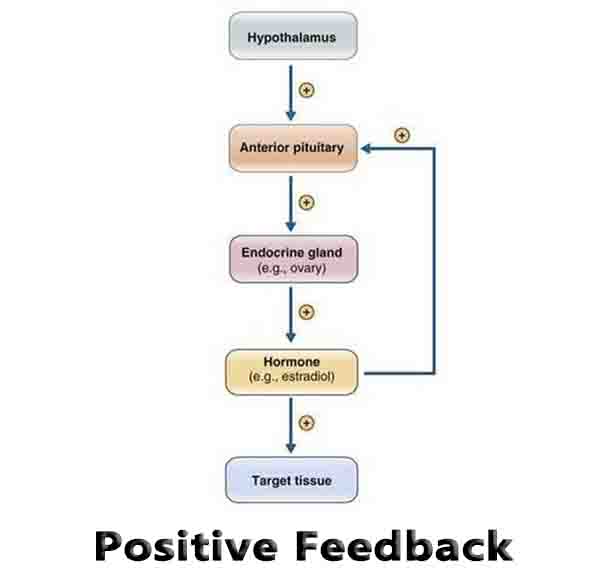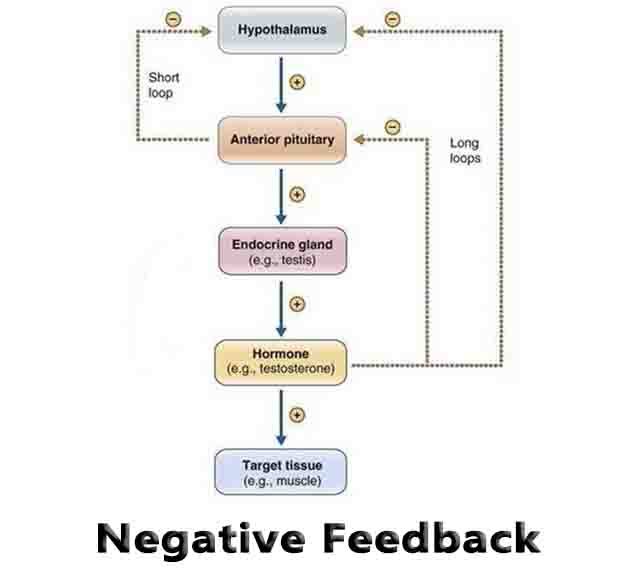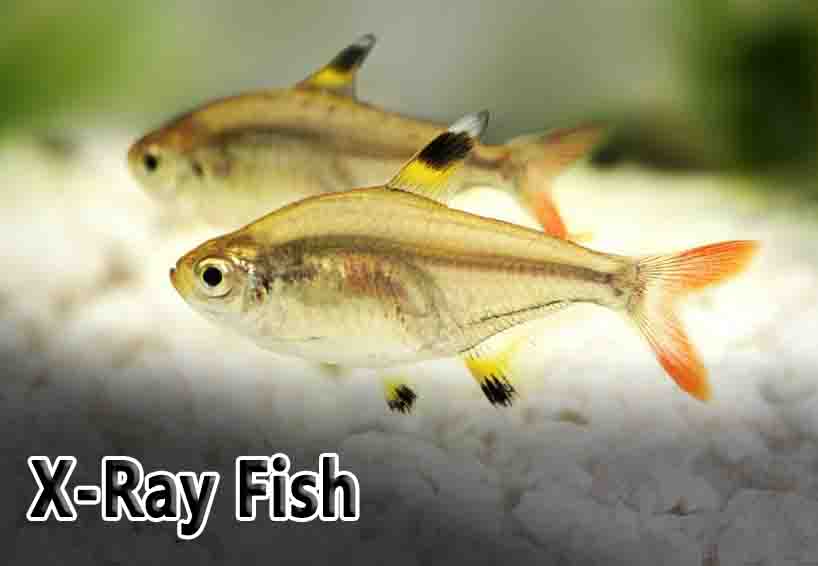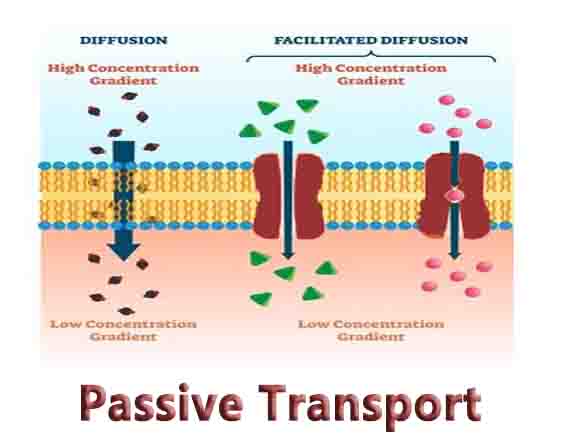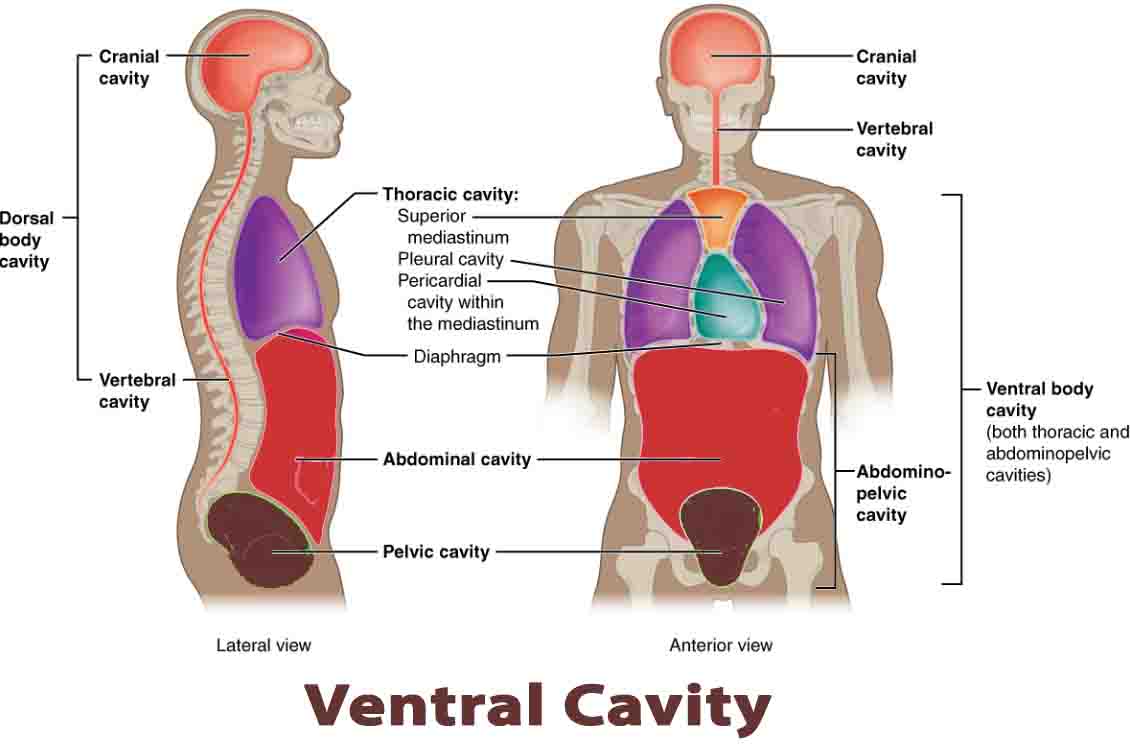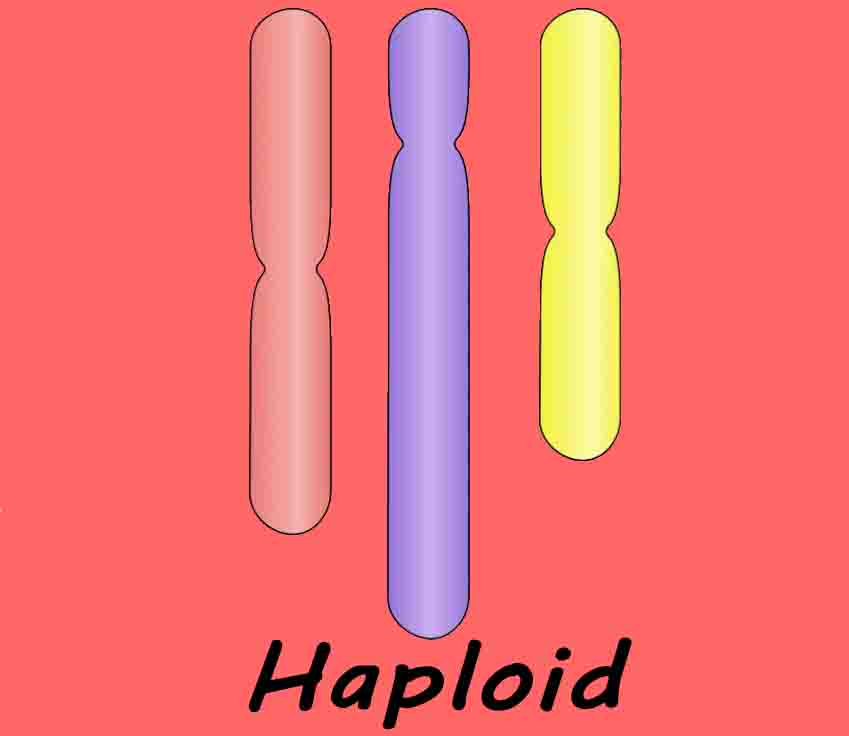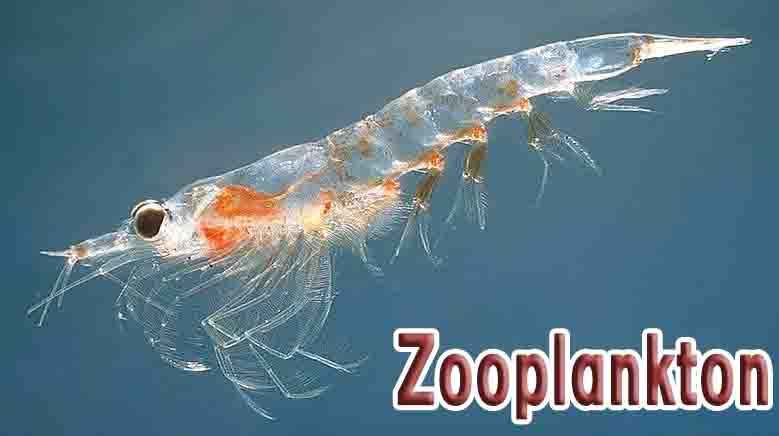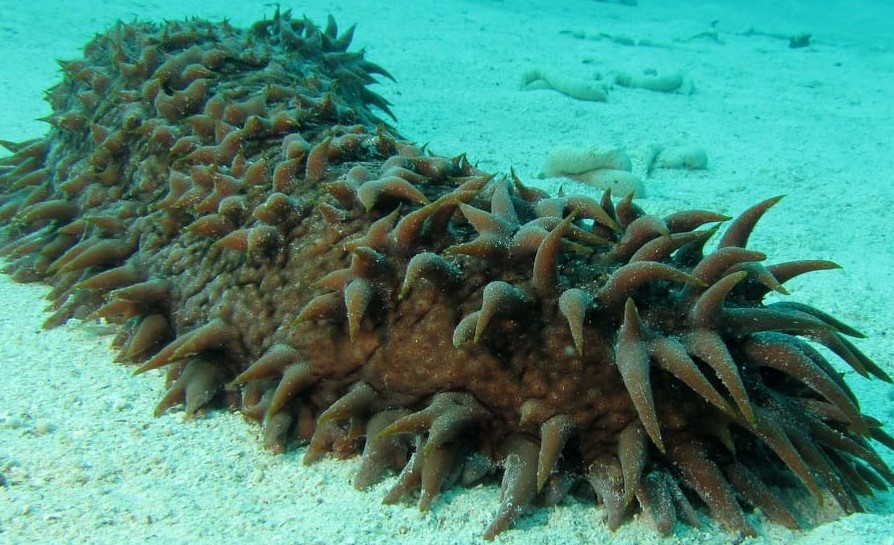Body Cavity
Body Cavity Definition A body cavity is a space created in an organism which houses organs. It is lined with a layer of cells and is filled with fluid, to protect the organs from damage as the organism moves around. Body cavities form during development, as solid masses of tissue fold inward on themselves, creating … Read more


